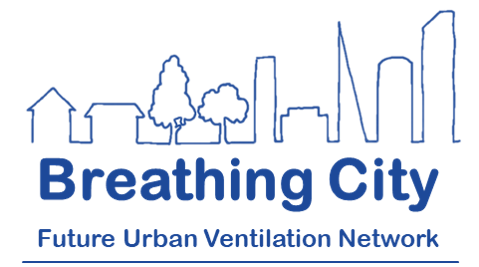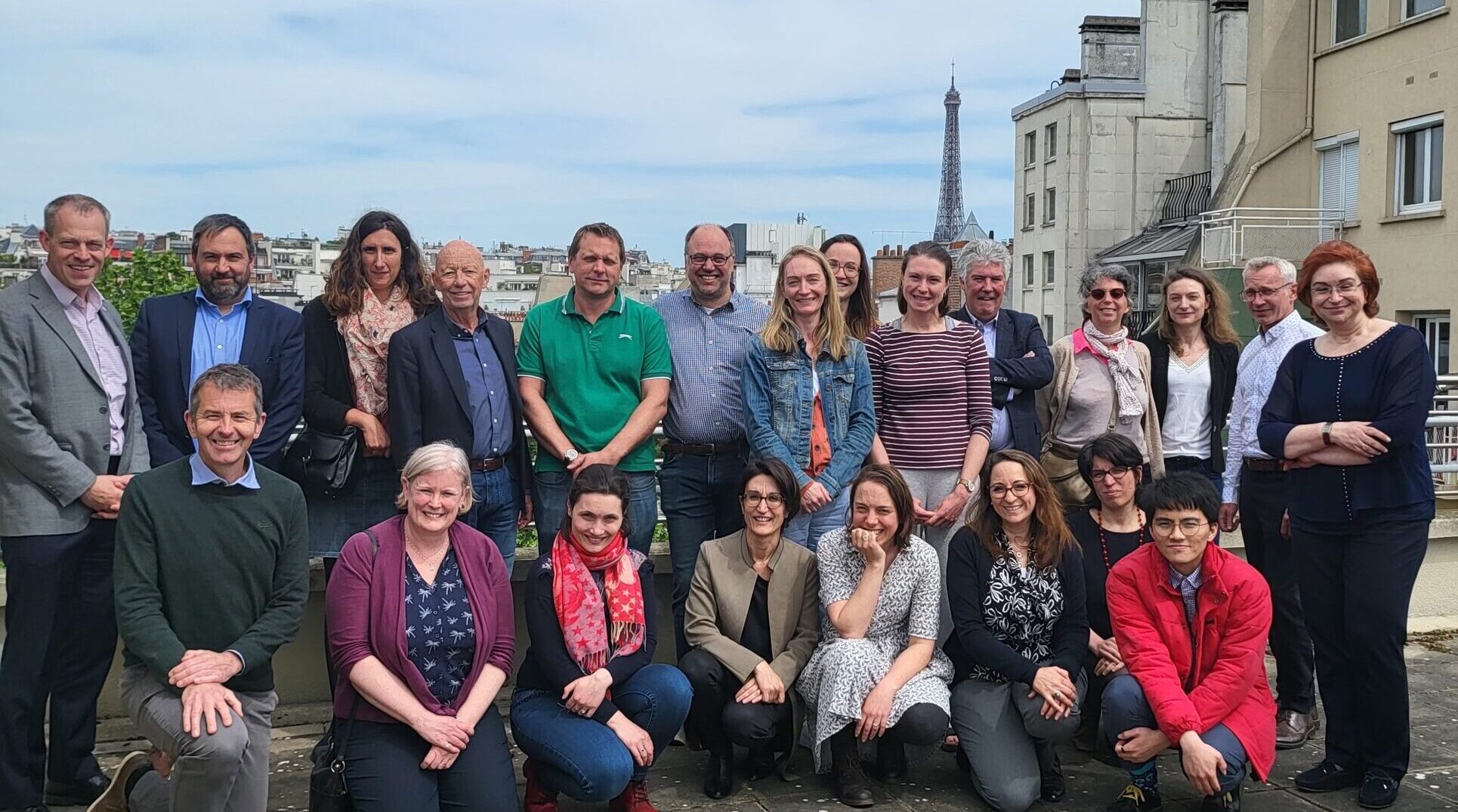“The pandemic has warned us of the risks that are around the corner and we need better buildings to help us live with covid and future diseases. Now is the time for the major upgrade to our indoor environments” says Breathing City Principal Investigator Prof. Cath Noakes.
A new report from the Royal Academy of Engineering’s National Engineering Policy Centre takes a systems look at infection resilience in buildings to consider across design stages and operations on how we can make them healthy alongside being safe and sustainable.
Noakes was involved with workshops with input across buildings and transport sectors and, with colleagues, commissioned three associated studies into research capacity, international best practice and the economics of improving buildings for infection resilience. The report estimates the cost of seasonal diseases is £8billion per year and the societal cost in a pandemic year is £23billion per year. This is disruption and lost days due to sickness – the human effects (and long term impacts) are even bigger.
“We know from lots of studies that the building design, especially ventilation, has a big effect. For respiratory diseases reduction in cases is estimated at 30-50% based on past studies. That’s a big deal for economic and societal cost” says Noakes. The report also looked at cost benefit of improving ventilation through full mechanical systems, simpler mechanical systems or better operation.
9 key recommendations are outlined in the report around design and operation of buildings:
1. Develop a baseline in best practice in infection resilience so we have design and operational standards that are meaningful.
2. Embed health and well-being more effectively into the building regulations with a more explicit requirement for good indoor environments and training and guidance to support it.
3. Improve commissioning and testing of buildings and their systems with the right enforcement at handover and through a buildings lifetime.
4. Develop in use standards for healthy and safe buildings over their lifetime with local authorities. This needs capacity, skills and capably for enforcement.
5. Develop standards and guidance for technical products and systems for infection resilience.
6. Properly link infection resilience and healthy buildings to the net-zero strategy so retrofit programmes address safety, health and sustainability together.
7. Create better communications for building owners and managers as well as the public on infection resilience and IAQ.
8. Enable joined up policy making through clearly defined leadership in government with a mandate to coordinate and an independent scientific advisory group.
9. Further multidisciplinary research across multiple areas is needed to support technology innovation, application, human interaction, systems complexity, social and economic factors.


